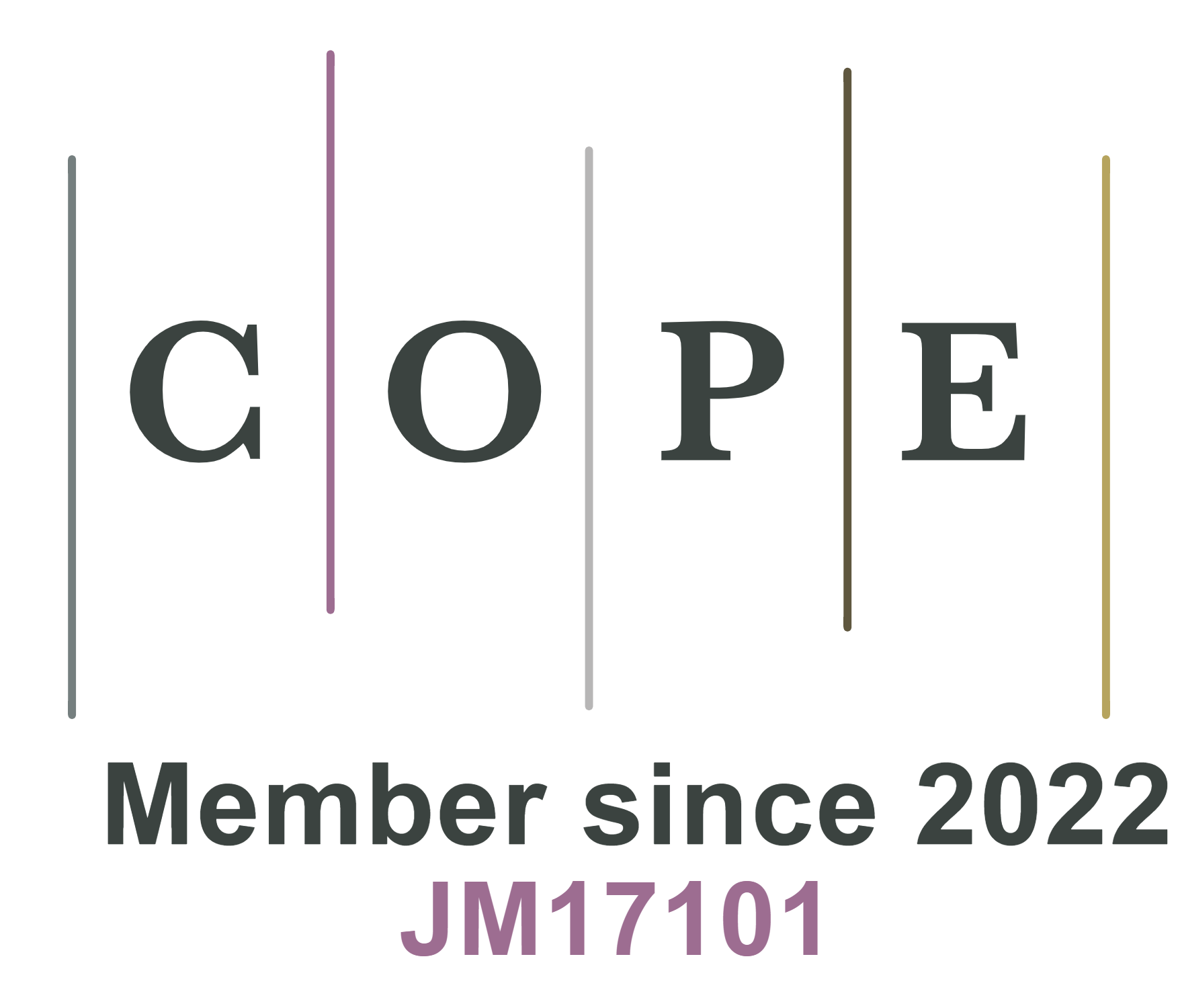REFERENCES
1. Tomboc GM, Choi S, Kwon T, Hwang YJ, Lee K. Potential link between Cu surface and selective CO2 electroreduction: perspective on future electrocatalyst designs. Adv Mater 2020;32:e1908398.
2. Zhu S, Delmo EP, Li T, et al. Recent advances in catalyst structure and composition engineering strategies for regulating CO2 electrochemical reduction. Adv Mater 2021;33:e2005484.
3. Chen S, Li WH, Jiang W, et al. MOF encapsulating N-heterocyclic carbene-ligated copper single-atom site catalyst towards efficient methane electrosynthesis. Angew Chem Int Ed 2022;61:e202114450.
4. Ross MB, De Luna P, Li Y, et al. Designing materials for electrochemical carbon dioxide recycling. Nat Catal 2019;2:648-58.
5. De Luna P, Hahn C, Higgins D, Jaffer SA, Jaramillo TF, Sargent EH. What would it take for renewably powered electrosynthesis to displace petrochemical processes? Science 2019;364:eaav3506.
6. Khezri B, Fisher AC, Pumera M. CO2 reduction: the quest for electrocatalytic materials. J Mater Chem A 2017;5:8230-46.
7. Lu Q, Rosen J, Zhou Y, et al. A selective and efficient electrocatalyst for carbon dioxide reduction. Nat Commun 2014;5:3242.
8. Sa YJ, Lee CW, Lee SY, Na J, Lee U, Hwang YJ. Catalyst-electrolyte interface chemistry for electrochemical CO2 reduction. Chem Soc Rev 2020;49:6632-65.
9. Wang G, Chen J, Ding Y, et al. Electrocatalysis for CO2 conversion: from fundamentals to value-added products. Chem Soc Rev 2021;50:4993-5061.
10. Jia S, Ma X, Sun X, Han B. Electrochemical transformation of CO2 to value-added chemicals and fuels. CCS Chem 2022;4:3213-29.
11. Han SG, Ma DD, Zhu QL. Atomically structural regulations of carbon-based single-atom catalysts for electrochemical CO2 reduction. Small Methods 2021;5:e2100102.
12. Liu J, Cai Y, Song R, et al. Recent progress on single-atom catalysts for CO2 electroreduction. Mater Today 2021;48:95-114.
13. Wang X, Jia Y, Mao X, et al. Edge-rich Fe-N4 active sites in defective carbon for oxygen reduction catalysis. Adv Mater 2020;32:e2000966.
14. Hu C, Wang Y, Chen J, et al. Main-group metal single-atomic regulators in dual-metal catalysts for enhanced electrochemical CO2 reduction. Small 2022;18:e2201391.
15. Ma D, Han S, Cao C, et al. Bifunctional single-molecular heterojunction enables completely selective CO2-to-CO conversion integrated with oxidative 3D nano-polymerization. Energy Environ Sci 2021;14:1544-52.
16. Su X, Yang XF, Huang Y, Liu B, Zhang T. Single-atom catalysis toward efficient CO2 conversion to CO and formate products. ACC Chem Res 2019;52:656-64.
17. Li X, Rong H, Zhang J, Wang D, Li Y. Modulating the local coordination environment of single-atom catalysts for enhanced catalytic performance. Nano Res 2020;13:1842-55.
18. Zhang E, Wang T, Yu K, et al. Bismuth single atoms resulting from transformation of metal-organic frameworks and their use as electrocatalysts for CO2 reduction. J Am Chem Soc 2019;141:16569-73.
19. Li J, Guan Q, Wu H, et al. Highly active and stable metal single-atom catalysts achieved by strong electronic metal-support interactions. J Am Chem Soc 2019;141:14515-9.
20. Wang WL, Santos EJ, Jiang B, et al. Direct observation of a long-lived single-atom catalyst chiseling atomic structures in graphene. Nano Lett 2014;14:450-5.
21. Han S, Ma D, Zhou S, et al. Fluorine-tuned single-atom catalysts with dense surface Ni-N4 sites on ultrathin carbon nanosheets for efficient CO2 electroreduction. Appl Catal B Environ 2021;283:119591.
22. Pan F, Deng W, Justiniano C, Li Y. Identification of champion transition metals centers in metal and nitrogen-codoped carbon catalysts for CO2 reduction. Appl Catal B Environ 2018;226:463-72.
23. Wang C, Ren H, Wang Z, Guan Q, Liu Y, Li W. A promising single-atom Co-N-C catalyst for efficient CO2 electroreduction and high-current solar conversion of CO2 to CO. Appl Catal B Environ 2022;304:120958.
24. Li Y, Zhang SL, Cheng W, et al. Loading single-Ni atoms on assembled hollow N-rich carbon plates for efficient CO2 electroreduction. Adv Mater 2022;34:e2105204.
25. Yang J, Qiu Z, Zhao C, et al. In situ thermal atomization to convert supported nickel nanoparticles into surface-bound nickel single-atom catalysts. Angew Chem Int Ed 2018;57:14095-100.
26. Zhao S, Chen G, Zhou G, et al. A universal seeding strategy to synthesize single atom catalysts on 2D materials for electrocatalytic applications. Adv Funct Mater 2020;30:1906157.
27. Li X, Zeng Y, Tung C, et al. Unveiling the in situ generation of a monovalent Fe(I) site in the single-Fe-atom catalyst for electrochemical CO2 reduction. ACS Catal 2021;11:7292-301.
28. Wang C, Liu Y, Ren H, Guan Q, Chou S, Li W. Diminishing the uncoordinated N species in Co-N-C catalysts toward highly efficient electrochemical CO2 reduction. ACS Catal 2022;12:2513-21.
29. Li X, Bi W, Chen M, et al. Exclusive Ni-N4 sites realize near-unity CO selectivity for electrochemical CO2 reduction. J Am Chem Soc 2017;139:14889-92.
30. Gu J, Hsu CS, Bai L, Chen HM, Hu X. Atomically dispersed Fe3+ sites catalyze efficient CO2 electroreduction to CO. Science 2019;364:1091-4.
31. Li S, Nagarajan AV, Alfonso DR, et al. Boosting CO2 electrochemical reduction with atomically precise surface modification on gold nanoclusters. Angew Chem Int Ed 2021;60:6351-6.
32. He Y, Shi Q, Shan W, et al. Dynamically unveiling metal-nitrogen coordination during thermal activation to design high-efficient atomically dispersed CoN4 active sites. Angew Chem Int Ed 2021;60:9516-26.
33. Liu S, Sun C, Xiao J, Luo J. Unraveling structure sensitivity in CO2 electroreduction to near-unity CO on silver nanocubes. ACS Catal 2020;10:3158-63.
34. Ma D, Zhu Q. MOF-based atomically dispersed metal catalysts: recent progress towards novel atomic configurations and electrocatalytic applications. Coord Chem Rev 2020;422:213483.
35. Zhang Y, Jiao L, Yang W, Xie C, Jiang HL. Rational fabrication of low-coordinate single-atom Ni electrocatalysts by MOFs for highly selective CO2 reduction. Angew Chem Int Ed 2021;60:7607-11.
36. Cheng H, Wu X, Feng M, et al. Atomically dispersed Ni/Cu dual sites for boosting the CO2 reduction reaction. ACS Catal 2021;11:12673-81.
37. Yan C, Li H, Ye Y, et al. Coordinatively unsaturated nickel-nitrogen sites towards selective and high-rate CO2 electroreduction. Energy Environ Sci 2018;11:1204-10.
38. Li Y, Adli NM, Shan W, et al. Atomically dispersed single Ni site catalysts for high-efficiency CO2 electroreduction at industrial-level current densities. Energy Environ Sci 2022;15:2108-19.
39. Zeng L, Wang Z, Wang Y, et al. Photoactivation of Cu centers in metal-organic frameworks for selective CO2 conversion to ethanol. J Am Chem Soc 2020;142:75-9.
40. Abdel-Mageed AM, Rungtaweevoranit B, Parlinska-Wojtan M, Pei X, Yaghi OM, Behm RJ. Highly active and stable single-atom Cu catalysts supported by a metal-organic framework. J Am Chem Soc 2019;141:5201-10.
41. Zhao C, Dai X, Yao T, et al. Ionic exchange of metal-organic frameworks to access single nickel sites for efficient electroreduction of CO2. J Am Chem Soc 2017;139:8078-81.
42. Wang Y, Jiang Z, Zhang X, et al. Metal phthalocyanine-derived single-atom catalysts for selective CO2 electroreduction under high current densities. ACS Appl Mater Interfaces 2020;12:33795-802.
43. Park KS, Ni Z, Côté AP, et al. Exceptional chemical and thermal stability of zeolitic imidazolate frameworks. Proc Natl Acad Sci USA 2006;103:10186-91.
44. Ma D, Han S, Zhou S, et al. Molecularly dispersed heterogenized metallomacrocycles: molecular structure sensitivity of CO2 electrolysis. CCS Chem 2023;5:1827-40.
45. Jiao L, Li X, Wei W, et al. Hierarchically ordered porous superstructure embedded with readily accessible atomic pair sites for enhanced CO2 electroreduction. Appl Catal B Environ 2023;330:122638.
46. Cao C, Zhou S, Zuo S, et al. Si Doping-induced electronic structure regulation of single-atom Fe sites for boosted CO2 electroreduction at low overpotentials. Research 2023;6:0079.
47. Ma D, Han S, Cao C, Li X, Wu X, Zhu Q. Remarkable electrocatalytic CO2 reduction with ultrahigh CO/H2 ratio over single-molecularly immobilized pyrrolidinonyl nickel phthalocyanine. Appl Catal B Environ 2020;264:118530.
48. Cheng H, Wu X, Li X, et al. Zeolitic imidazole framework-derived FeN5-doped carbon as superior CO2 electrocatalysts. J Catal 2021;395:63-9.
49. Zheng T, Jiang K, Ta N, et al. Large-scale and highly selective CO2 electrocatalytic reduction on nickel single-atom catalyst. Joule 2019;3:265-78.
50. Liu C, Wu Y, Sun K, et al. Constructing FeN4/graphitic nitrogen atomic interface for high-efficiency electrochemical CO2 reduction over a broad potential window. Chem 2021;7:1297-307.
51. Jiao L, Yang W, Wan G, et al. Single-atom electrocatalysts from multivariate metal-organic frameworks for highly selective reduction of CO2 at low pressures. Angew Chem Int Ed 2020;59:20589-95.
52. Petraki F, Papaefthimiou V, Kennou S. The electronic structure of Ni-phthalocyanine/metal interfaces studied by X-ray and ultraviolet photoelectron spectroscopy. Organic Electronics 2007;8:522-8.
53. Wang X, Chen Z, Zhao X, et al. Regulation of coordination number over single Co sites: triggering the efficient electroreduction of CO2. Angew Chem Int Ed 2018;57:1944-8.
54. Boppella R, Austeria P M, Kim Y, et al. Pyrrolic N-stabilized monovalent Ni single-atom electrocatalyst for efficient CO2 reduction: identifying the role of pyrrolic-N and synergistic electrocatalysis. Adv Funct Mater 2022;32:2202351.
55. Yang HB, Hung S, Liu S, et al. Atomically dispersed Ni(I) as the active site for electrochemical CO2 reduction. Nat Energy 2018;3:140-7.
56. Jiang K, Siahrostami S, Zheng T, et al. Isolated Ni single atoms in graphene nanosheets for high-performance CO2 reduction. Energy Environ Sci 2018;11:893-903.
57. Geng Z, Cao Y, Chen W, et al. Regulating the coordination environment of Co single atoms for achieving efficient electrocatalytic activity in CO2 reduction. Appl Catal B Environ 2019;240:234-40.
58. Hu M, Wang N, Ma D, Zhu Q. Surveying the electrocatalytic CO2-to-CO activity of heterogenized metallomacrocycles via accurate clipping at the molecular level. Nano Res 2022;15:10070-7.
59. Ou X, Niu Y, Liu Q, et al. Recent progress in CO2-based polyurethanes and polyureas. Prog Polym Sci 2024;149:101780.









